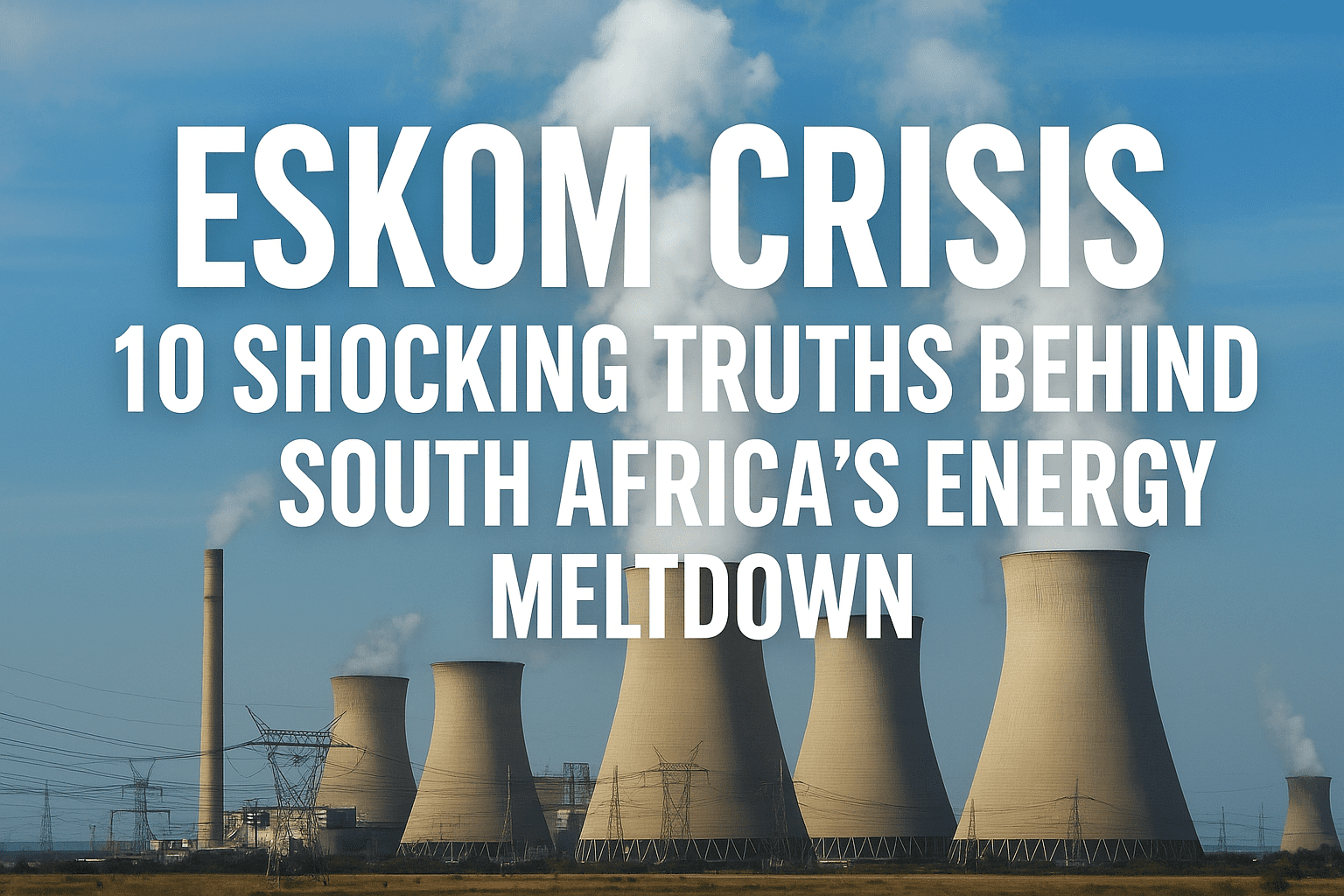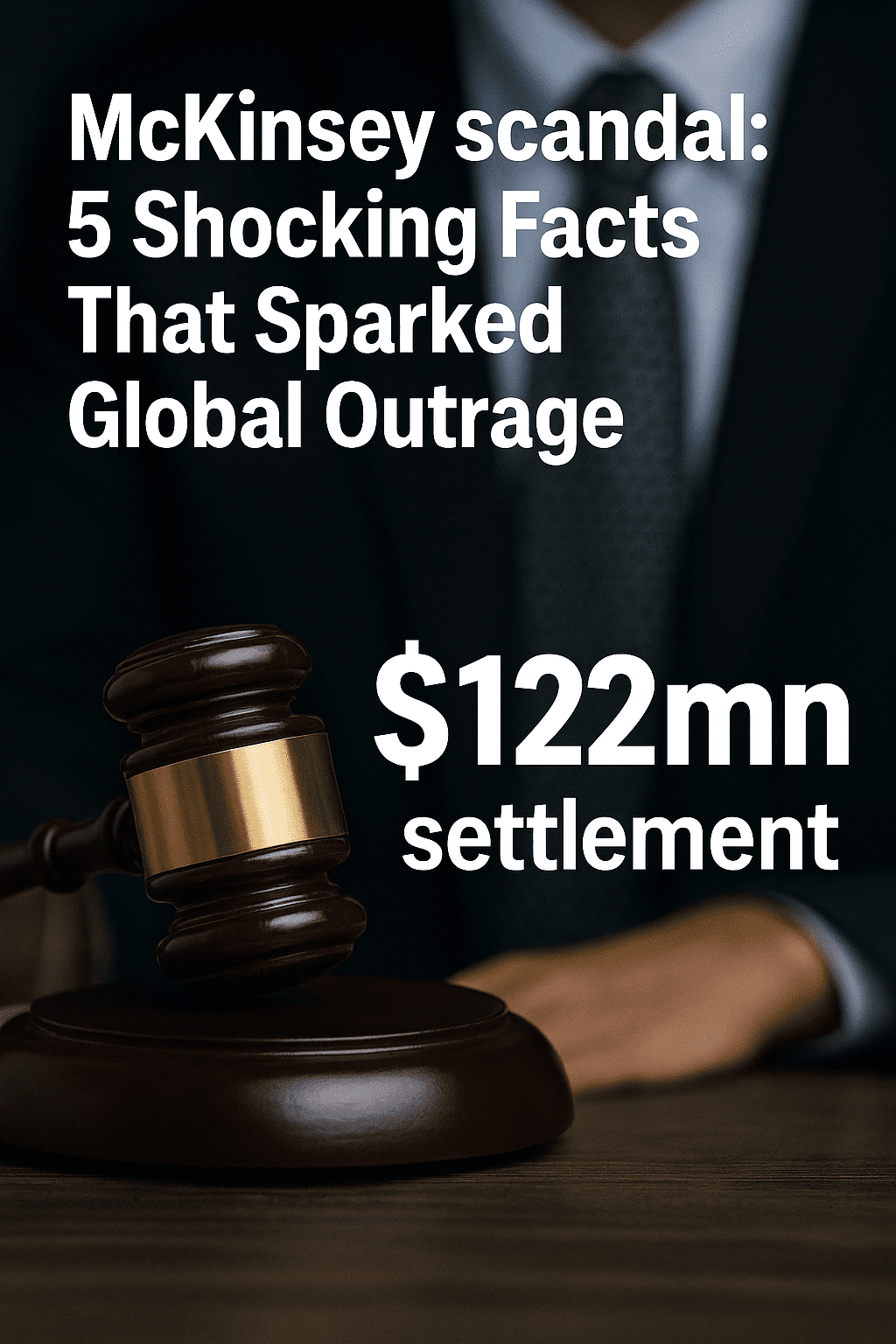Eskom Crisis 2025: Existential Threat to South Africa
South Africa’s Eskom Crisis: A Looming Existential Threat
Published on August 24, 2025
Eskom Crisis and Municipal Debt
South Africa’s power utility Eskom is struggling under the weight of municipal arrears exceeding R95 billion (~$5.2 billion). Electricity Minister Kgosientsho Ramokgopa described the Eskom Crisis as an “existential problem,” highlighting its severe implications for the nation’s energy future. These unpaid bills symbolize deeper issues in local governance and accountability .
Financial Recovery at Risk
Eskom recently reported stronger financial performance, forecasting a profit of more than R10 billion. However, the massive municipal debt threatens to erase these gains. Essential investments in infrastructure upgrades, power plant maintenance, and grid modernization remain at risk due to the lack of revenue and this ongoing energy crisis.
Debt Relief Efforts Falling Short
The government’s debt relief program, introduced by the National Treasury, has delivered disappointing outcomes. By early 2025, arrears had surged to nearly R109 billion, with very few municipalities qualifying for relief. For a global view on energy reforms, explore World Bank Energy Insights.
Governance Failures Driving the Crisis
The problem is not just financial—it stems from weak revenue collection, poor governance, and corruption within municipalities. Experts argue that unless these systemic weaknesses are fixed, Eskom will remain vulnerable to mounting debt and operational instability. This electricity crisis is therefore rooted in governance failures as much as financial ones.
National Warning on the Eskom Crisis
Minister Ramokgopa has warned of a potential collapse if the debt situation continues. Eskom relies heavily on municipal payments to function. Without a sustainable solution, service continuity for millions of South Africans is at risk.
Defaulting Cities and Growing Risks
Major metros such as Johannesburg and Tshwane have failed to honor billions in payments. Johannesburg alone owes more than R3.4 billion, worsening the strain on Eskom. For related insights, see our infrastructure reform article.
Legal Action and Enforcement Measures
To recover its losses, Eskom has implemented strict measures including freezing municipal accounts and threatening supply interruptions. These steps underscore the severity of the debt crisis and the utility’s determination to enforce accountability.example.com/eskom-crisis-south-africa
Economic Fallout of the Energy Crisis
South Africa’s economy is not immune to Eskom’s troubles. Frequent supply uncertainty reduces industrial output, discourages investment, and increases costs for businesses and households. The ripple effect of municipal arrears could undermine national recovery momentum.
Reform Solutions to End the Eskom Crisis
Experts highlight reforms such as smart metering, restructuring local government funding, and stronger governance as key to resolving Eskom’s long-term challenges. Without these interventions, the utility’s debt burden will persist and deepen.
Smart metering systems could reduce energy theft, ensure accurate billing, and encourage timely payments from households and municipalities. This would cut down on non-technical losses, which currently account for billions of rand annually.
Another solution lies in restructuring local government funding models. Many municipalities rely heavily on electricity sales to generate revenue, creating a conflict of interest that often results in delayed or withheld payments. Reforming this model-through ring-fenced payments, automated transfers, or direct settlement systems-could guarantee Eskom receives its share before funds are diverted elsewhere.
Moreover, stronger governance and accountability frameworks are crucial to ending the Eskom Crisis. This includes stricter oversight, penalties for chronic defaulters, and capacity-building to professionalize financial management in local councils.
Building a Resilient Energy Future
In the long term, experts also recommend diversifying South Africa’s energy mix by investing in renewables and decentralized power solutions. While this does not erase Eskom’s debt, it would gradually reduce dependency on a single utility, creating a more resilient and sustainable energy ecosystem. Such systemic reforms, though politically challenging, are widely seen as the only pathway to prevent the electricity crisis from becoming a recurring national emergency.
A Sovereign Challenge Beyond Eskom
The Eskom Crisis is no longer confined to the utility. It has become a sovereign challenge requiring decisive government action and accountability at the municipal level. Only through structural change can South Africa secure its energy future.


